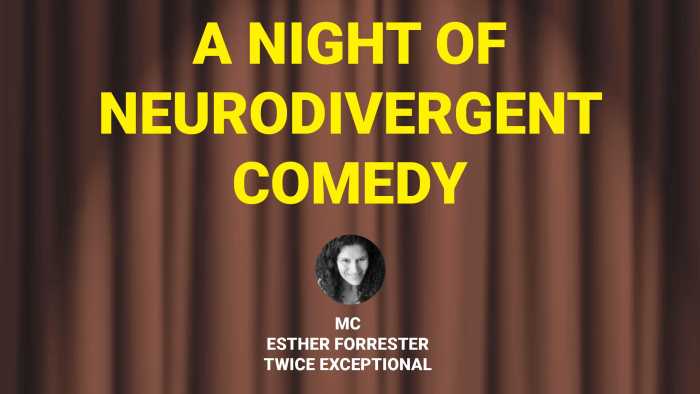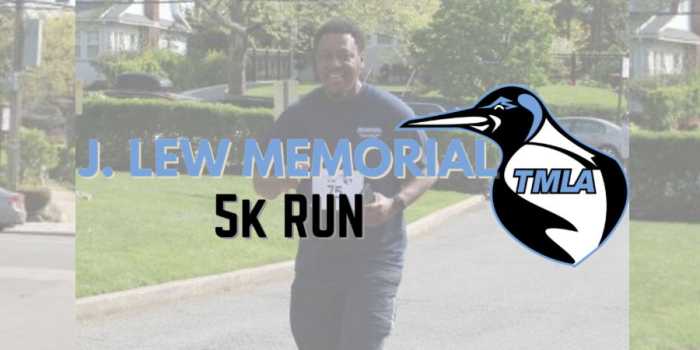
A number of Queens groups are among a coalition calling for more public space (Photo: Cyclists in NYC DOT)
March 1, 2021 By Michael Dorgan
A coalition of transport, community, business and other advocacy groups are calling on the city’s mayoral candidates to commit to converting street space–currently used by private vehicles–into space for the exclusive use of pedestrians, bicyclists and buses.
The city-wide coalition, which includes a number of groups from Queens, say that private vehicle users have unequal access to streets and that streets need to be shared fairly with people who don’t rely on cars.
The group wants at least 25 percent of the space that is currently used by private vehicles converted into dedicated pedestrian, bike and public transport space by 2025. Over 80 groups from across the city are part of the coalition.
The coalition released a report Monday called NYC 25×25 that outlines how this goal could be achieved and are calling on the city’s mayoral candidates to sign on to it. The Democratic mayoral primary takes place on June 22 and more than a dozen candidates are running.
The report calls for 500 new miles of dedicated bus lanes, 500 miles of new protected bike lanes, 1,000 miles of permanent Open Streets and nearly .7 square miles of new bike parking spaces by 2025–all to be carved out of street space currently used by motorists.
Private vehicles, the group says, make up more than 75 percent of city street space even though around 55 percent of households do not own private vehicles, citing city-data.
The coalition is being spearheaded by Transportation Alternatives and includes groups from Queens like the Greater Flushing Chamber of Commerce, Queens Bike Initiative, the Court Square Civic Association, the 34th Avenue Open Streets Coalition, 89th Street Tenants Unidos Association and Queens Bike Initiative.
Danny Harris, the Executive Director of Transportation Alternatives, said there is massive inequity in how New York City’s public spaces are allotted and who they serve.
“A supermajority of New Yorkers walk, take public transit, or ride a bike to work, but most of New York City’s street space is still designed for cars.”
“It’s time to reimagine our largest public asset — streets — and make them work better for all New Yorkers,” Harris said.
The coalition’s report states that, of the 91 square miles of city street space, 75 percent is used for private vehicle lanes and car spaces. Sidewalks make up 24 percent of street space while bike lanes take up 0.93 percent. Bus-only lanes use 0.02 percent of street space, the report states citing city-data.
The report put forward a number of other initiatives that could transform car street spaces and make access to city streets fairer to all residents.
Other proposals include; 1.3 square miles of open space for pedestrian plazas, curbside parklets, and community gardens; .2 square miles of space for arts and cultural venues; and a block-long space outside every city public school that can be used for play, student drop-off and pick-up, and outdoor learning.
John Choe, the executive director of the Greater Flushing Chamber of Commerce, said that the chamber is backing the plan.
“In Flushing, private interests have encroached on public space with devastating results,” Choe, who is a candidate in the 20th District council race, said.
“Enough is enough. Let’s restore power back to the everyday New Yorkers who live and work in our community.”
2 Comments







In cold weather, up to five months each year, no bikes. So?
As well, give elders a break, not literally. Aside from uselessness to non bike riders, there is danger. Vehicular traffic stops at red lights. Bikes don’t, as the endorphins kick in, the biker’s “high” of any sustained exercise, bikers refuse to brake. No license plate, so when they hit, they generally run. Electric and low gas mileage vehicles, and ending the use of diesel would do far more. I have to drive to get to doctors, worship, shop further than the few blocks I can walk.
Get real. Get off your bike, and meet reality.
25 percent of streets blocked to car traffic? Sheer madness. These people are nuts. It would be gridlock and chaos.
“make access to city streets fairer to all residents”
Actually, every single street is the city is available to any resident. It’s hard to get any fairer than that. Do these people know what “fair” means?